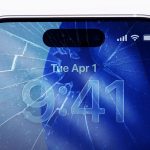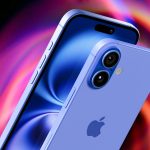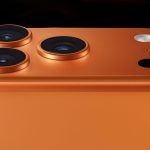Dolby Vision 2 is coming to flagship and mainstream TVs alike
The most widely-supported premium standard for HDR content gets a serious upgrade, makes a lot of promises based on AI
KOSTAS FARKONAS
PublishED: September 2, 2025

Few things can make choosing a TV set to purchase even more complicated for consumers than a new video standard, yet that’s exactly what we’re getting today with Dolby Labs announcing the next version of its Dolby Vision premium HDR format. Simply named Dolby Vision 2, this new standard will strive to offer more than the original version – considered to be superior to HDR10, HDR10 Plus and HLG – currently does on modern TV sets, sporting a new image engine, new motion processing and other additional capabilities.
Dolby has only mentioned a single TV manufacturer officially adopting the new standard so far, HiSense, although timing and availability of the TV models in question will be announced at a later date. The company did mention that these models will be powered by the MediaTek Pentonic 800 chipset – so they may or may not be available by the end of the year – and Sony or Panasonic are expected to follow at some point later on. Based on LG’s choices over the last decade, it’s highly likely that it will also support Dolby Vision 2 in the future – as is highly unlikely that Samsung will do so, since it infamously never adopted the original version of Dolby Vision.
What does Dolby Vision 2 bring to the table, though, for consumers interested in the highest image quality possible? Dolby did not refrain from jumping on the AI bandwagon, noting that machine learning is used so that its new standard can “intelligently adapt” to different devices and viewing environments. The company collectively calls a number of the necessary functions to achieve that “Content Intelligence”, claiming that:
- Precision Black reduces consumer frustration that the image is “too dark” by making it crystal clear and improving clarity in any viewing environment without compromising artistic intent.
- Light Sense fine-tunes picture quality through advanced ambient light detection and new reference lighting data from the content source to optimize your TV for the ideal viewing experience.
- Sports and Gaming Optimization introduce new enhancements such as white point adjustments and motion control designed specifically to address the unique needs of live sports and gaming.
Purists will most probably not like how Dolby promises to “fine-tune” the picture displayed based on lighting conditions, as this tends to mess with some of its most important attributes, like brightness and contrast (affecting color accuracy in the process). On the other hand, the most common complaint about Dolby Vision – its tendency to make a lot of content look too dark on most TVs – seems to have been addressed, although we’ll have to see in practice whether Precision Black will bring about immediately visible improvement on TV sets other than flagships.
Dolby Vision 2 also introduces Authentic Motion, a tool that will strive to “make scenes feel more authentically cinematic, without unwanted judder on a shot-by-shot basis”. About that, it’s fair to say it’s not just purists who often object to motion algorithms – as the latter tend to not exactly strike that delicate balance between smooth motion and the dreaded soap opera effect – so hopefully Dolby has done its homework when it comes to displaying detailed, smoothly-moving content without any unwanted side effects.
There are Dolby Vision tiers now… but it’s unclear what sets them apart
It’s worth noting that Dolby Vision 2 is designed to work as a two-tier standard. In Dolby’s own words, “Dolby Vision 2 brings dramatically improved picture quality to mainstream TVs, delivering the core next-generation capabilities made possible through the new Dolby Image Engine and Content Intelligence”, whereas Dolby Vision 2 Max “delivers the best picture on the highest performing TVs, adding additional premium features designed to utilize the full capabilities of these displays”. Yeah. If only there was a Dolby Vision 2 Pro tier too, so we could have a whole range of new ways to confuse consumers with, right?
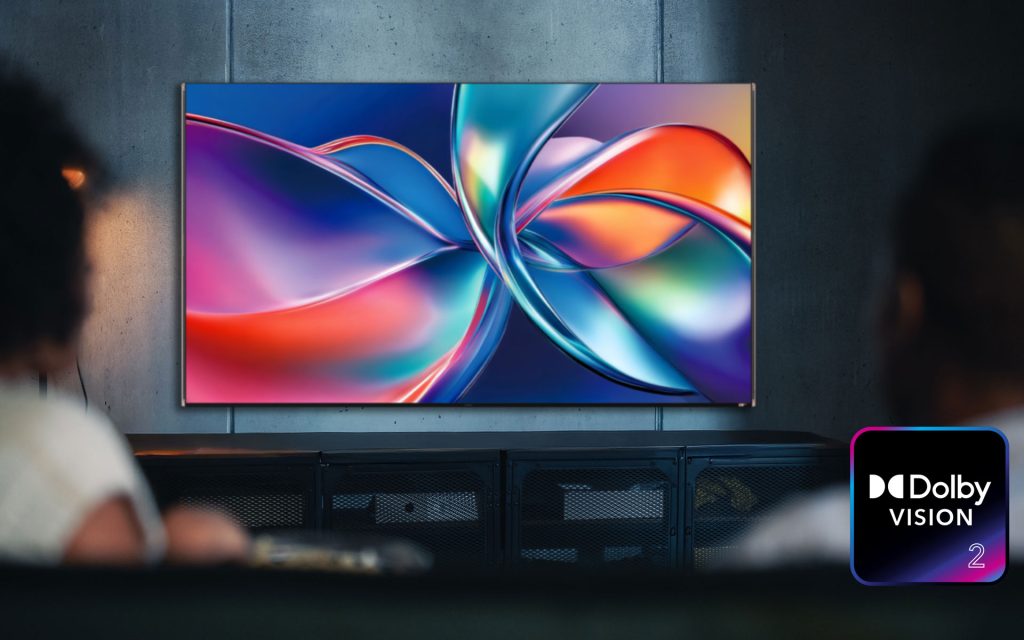
Joking aside, the difference between Dolby Vision 2 and Dolby Vision 2 Max is unclear: “additional premium features” can mean practically anything. If The Point Online had to guess, at least a couple of them would have to do with how TV sets capable of reaching high contrast ratios or extremely high brightness levels – e.g. around or beyond 5000 nits in highlights – handle tone mapping in modern content mastered at 4000 nits. Other “premium features” may also have to do with motion, but we’re still waiting for specific official information (along with any hardware requirements those features they may have) from Dolby themselves.
Dolby Vision 2 comes at a time when TV manufacturers are trying to break new ground in display quality, with advanced technologies such as RGB Mini-LED and Tandem OLED – featured in top 2025 LED/LCD and OLED TV models – ever pushing for higher brightness. Problem is, the kind of content that actually needs video standards as capable as Dolby Vision 2 in order to look its best is still years away, so – in the mean time – Dolby’s new format will only be used as a marketing tool of little to no value.
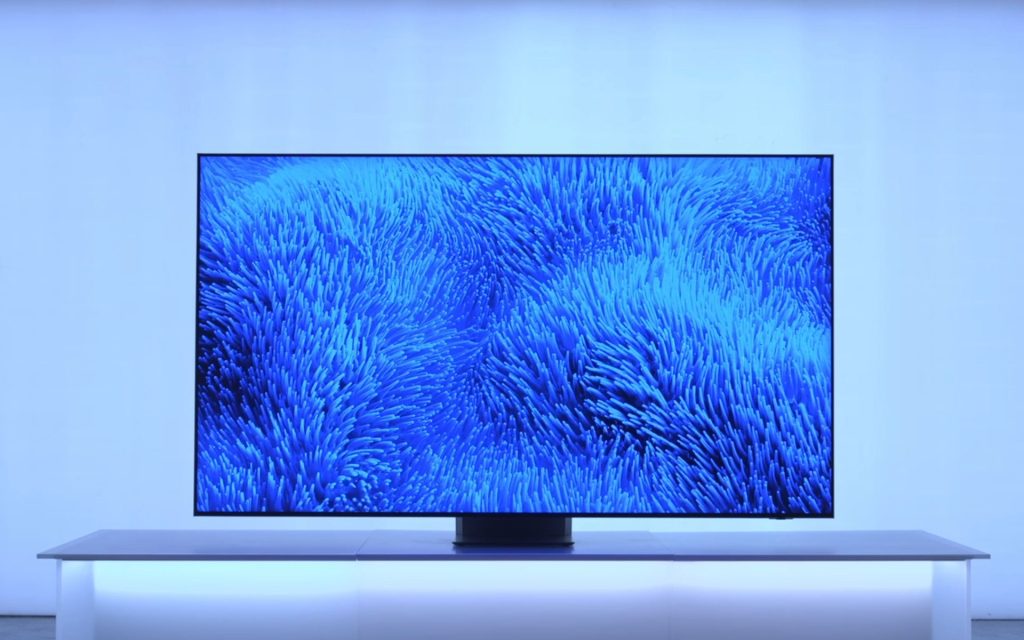
On the other hand, if creators do start taking advantage of Dolby’s new standard soon, maybe more people owning what will be considered “mainstream TVs” in 2027 or 2028 will enjoy picture of higher quality than the one they do on today’s entry-level or mid-range TV sets (while watching Dolby Vision 2-compatible content). Maybe.
And, oh, while on that subject, this is an opportunity for Dolby and TV manufacturers to reconsider how they define and promote what a “Dolby Vision capable” display actually is, as an awful lot of TV sets out there simply cannot even provide a half-way decent HDR10 experience (let alone a Dolby Vision-based superior one). All interested parties would surely avoid making the same mistake twice, right? Right?
















